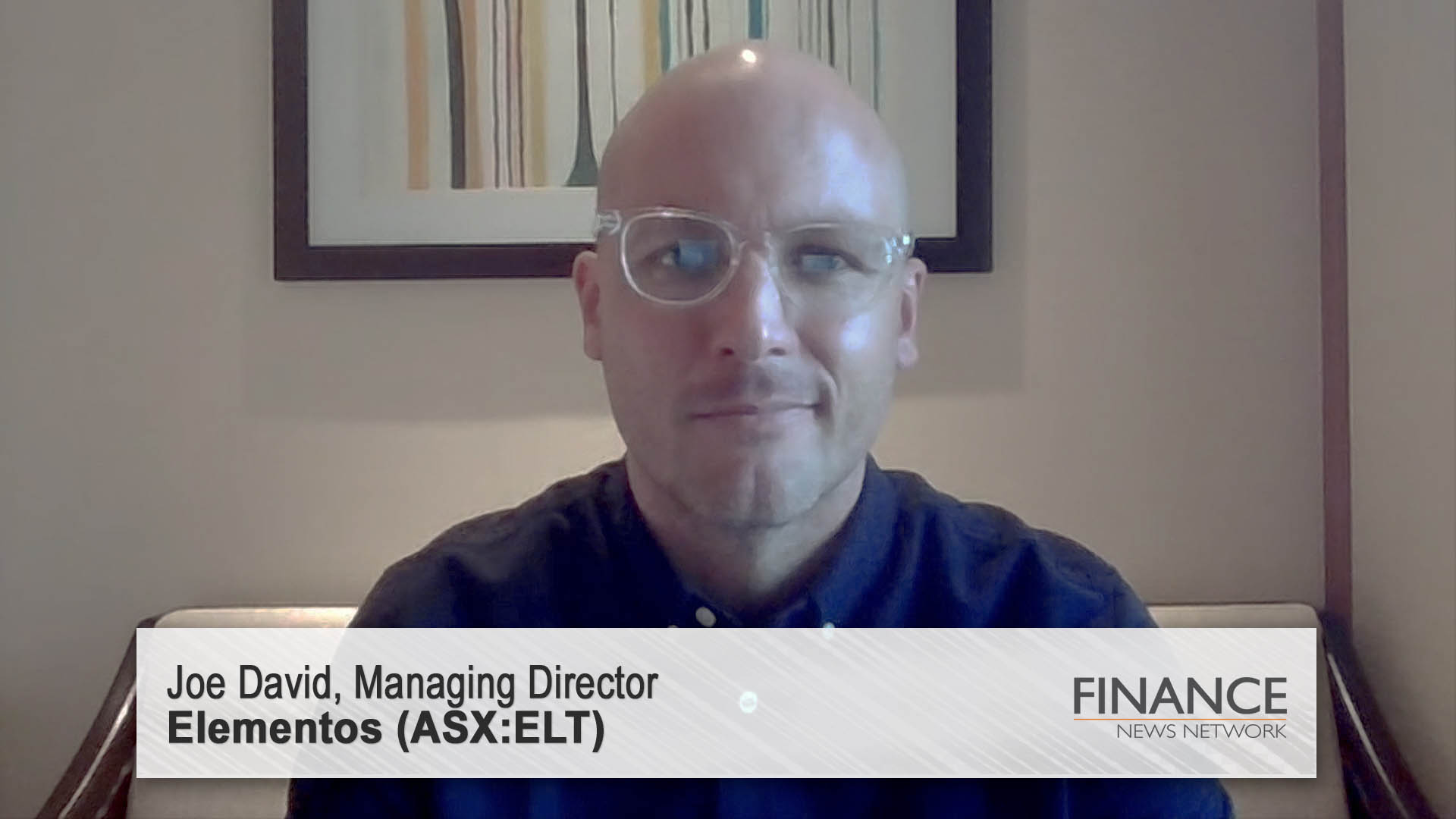Investor home borrowing continued to grow strongly in August, hitting a six and a half year high according to data released yesterday by the Reserve Bank.
The data won’t do anything to lessen the central bank’s concerns over investor housing loans which now account for 40% of all home loans, and well over half in Sydney.
In the monthly private credit statistics, the RBA revealed that investor lending jumped 0.8% in August, to be up 9.1% for the year, up from 8.9% in the year to July and just 5.9% in August of last year.
It was the fastest annual growth rate in investor home loans since March 2008, before the GFC erupted later that year.
And the pace of growth is quickening – the annual rate of growth in the three months to August was 10%.
Lending to housing investors grew much more strongly than the overall rise in home lending in the year to August of 6.7%, and 0.6% overall in August from July.
Investor loans also grew much faster than lending to business, which was flat in August.
That alone underlines the enormous importance lending to housing investors is at the moment for the banks.
If this investor lending boom is curtailed in any way, as now seems very possible, the banks will take a major hit to revenue from interest, fees and other charges.
Investor lending again completely dominated loans to owner-occupiers. In fact loans to owner-occupiers rose just 0.4% in August (compared to the 0.8% rise for investor loans) to be up 5.4% over the year.
Owner-occupier loans have been steady on 0.4% monthly growth rate since May, while loans to investors have been growing at that double that rate in the same period.
The data will harden the RBA’s belief that it will have to find measures to slow the rate of growth, which it said last week was becoming “unbalanced”.
The trick for the bank and other regulators is to differentiate between investor borrowers and owner occupiers.
The strong growth in lending to investors is keeping growth ticking over in all loans which were up an unchanged 0.4% in August, (from June and July) to be up 5.1% in August, unchanged from the previous two months.
Personal loans grew a steady 0.2% in August to be up just 1.1%.
Lending to business didn’t grow in August and remains up a weak 3.2% for the 12 months.
In its second Financial Stability Review of the year last month, the RBA made these points about investor lending.
"Strong investor activity in the housing market has meant that the share of investor loans approved with LVRs between 80 per cent and 90 per cent has risen. The shares of interest-only loans for both investors and owner-occupiers have also drifted higher, and average loan sizes (relative to average income) have increased,” the bank said.
"Although, in aggregate, bank housing lending standards do not appear to have eased lately, a crucial question for both macroeconomic and financial stability is whether lending practices across the banking industry are conservative enough for the current combination of low interest rates, strong housing price growth and higher household indebtedness than in past decades.
"Moreover, lending to investors is expanding at a fast pace, which could be funding additional speculative activity in the housing market and encourage other (more marginal) borrowers to increase debt.
"Lending growth is varied across geographical markets and individual lenders, which may suggest a build-up in loan concentrations and therefore correlated risks within the banking industry. The Reserve Bank’s assessment is that the risk from the current strength in housing markets is more likely to be to future household spending than to lenders’ balance sheets.
"However, the direct risks to banks will rise if current rates of growth in investor lending and housing prices persist, or increase further,” the bank added.
That said, the RBA did indicate that it saw few problems in housing loans already on the banks’ books.
"The non-performing share of banks’ housing loans was unchanged over the six months to June 2014.
"Recent housing price inflation appears to have reduced the likelihood that past due housing loans will become impaired; they are also helping banks to dispose of their existing stock of troubled housing assets, with a number of banks reporting reductions in mortgagees-in- possession,” the RBA said.













